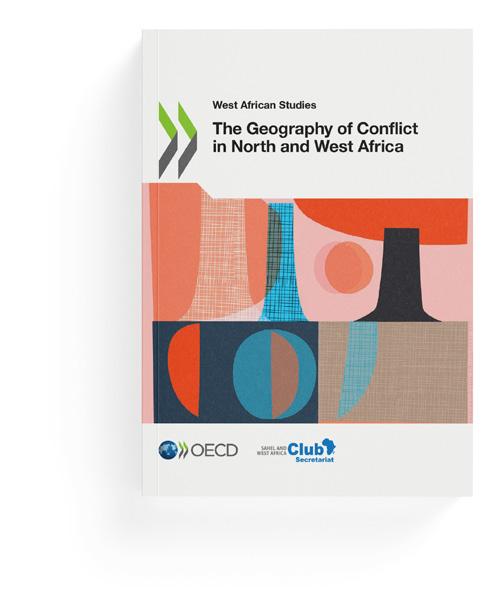Conflict
in North & West Africa: Mapping the evolution of violence in the region
Club SAHEL AND WEST AFRICA SecretariatGrowing violence in North and West Africa
Since the early 2000s, a combination of rebel groups, self-defence militias and organisations affiliated with Al-Qaeda or the Islamic State have fragilised the legitimacy and stability of states in North and West Africa. The last five years were amongst the most violent ever recorded in the region with over 16 000 violent incidents and 60 000 fatalities due to the sharp rise in political violence targeting civilians and border regions.
It has been unclear, however, whether violent organisations have been intensifying and targeting their acts of violence in particular localities, spreading insecurity to a growing number of regions, or relocating under the pressure of government forces.
Developing indicators for better understanding conflicts
The Sahel and West Africa Club have developed a Spatial Conflict Dynamics indicator (SCDi) to examine the origins, intensity and the geographic distribution of political violence in North and West Africa. The SCDi uses data from the Armed Conflict Location and Event Data project –a database of nearly 33 000 violent incidents and 144 000 fatalities in 21 countries between January 1997 and June 2019 – to identify four types of conflict according to: (i) their geographical concentration (clustered or dispersed), and (ii) their intensity (high or low violence).
Mapping conflicts in North & West Africa
Spatial distribution and classification of violent events in North and West Africa, 2018
3 700 violent events
85% of violent acts against women in the region were in Nigéria
68 000 victims due to conflicts in the Lake Chad region since 2009
20% of suicide attacks were carried out by women in the Lake Chad region between 2011 and 2019
60 000 people died from violent conflict in the last five years
40% of violent events and fatalities between 1997 and 2018 were located within 100 kilometres of a land border
Focusing on the region’s violent hotspots – Lake Chad, Libya and the Central Sahel accounted for approximately 80% of all fatalities since 1997 – the report demonstrates that the nature of conflicts in North and West Africa has changed dramatically over the last 20 years.
Violent events have become less geographically isolated due to clustering of high-intensity local conflicts. These high-intensity conflicts have the capacity to spill over into neighbouring regions and
countries with increasing frequency, and are surrounded by a periphery of lowerintensity violence. Border regions account for an increasing number of violent events and casualties.
Military interventions have generally limited the intensity and geographical spread of conflicts in North and West Africa to remote areas. However, these locations persist as zones of conflict where violence has not diminished in intensity but dispersed.
Informing security policies in North and West Africa
The report has shown that spatial approaches to mapping conflicts are important for better understanding how conflicts emerge, develop and spread, and what impact government interventions have on their intensity and spatial distribution.
The diffusion of political instability across international borders should encourage
policy makers to consolidate their efforts of co-ordinating surveillance at regional and multistate levels.
Policy options should therefore prioritise the protection of civilian populations and particularly women in border regions, where violence has been more deadly.
The nature of conflicts has changed dramatically

